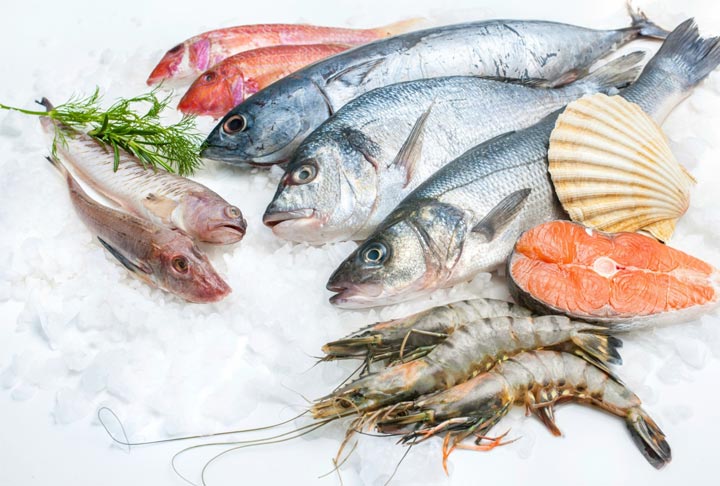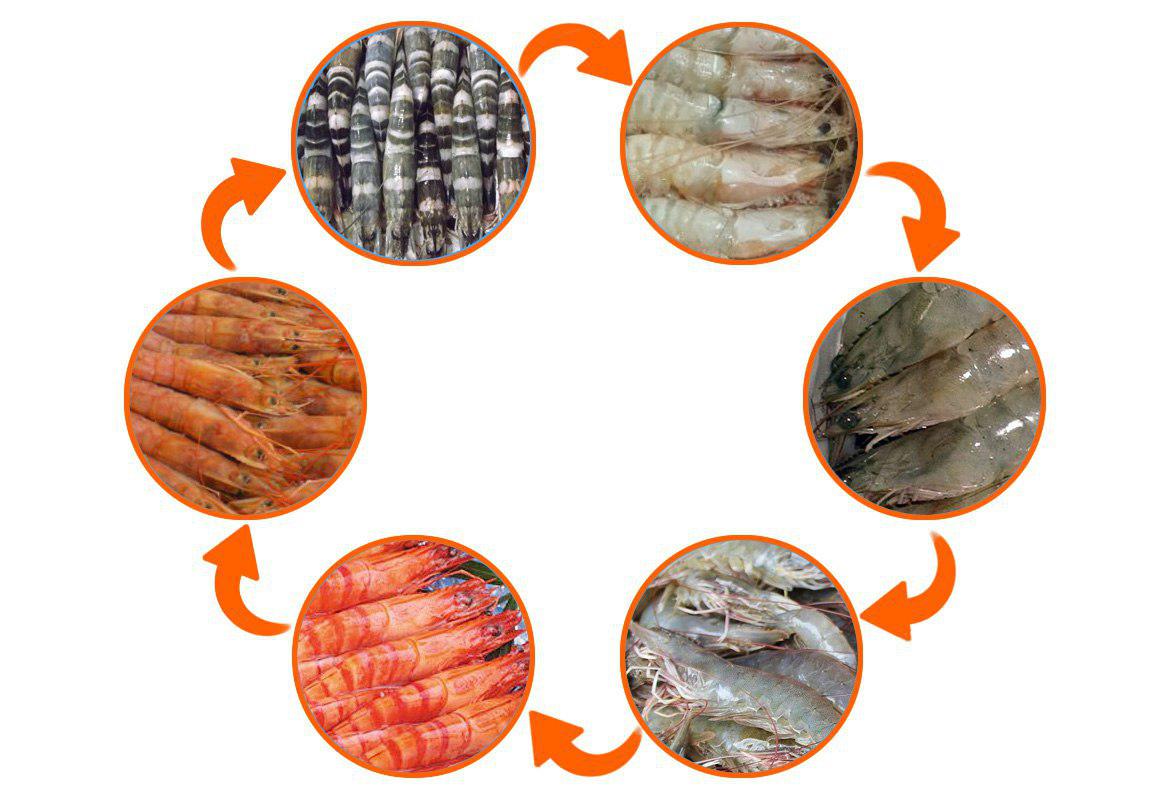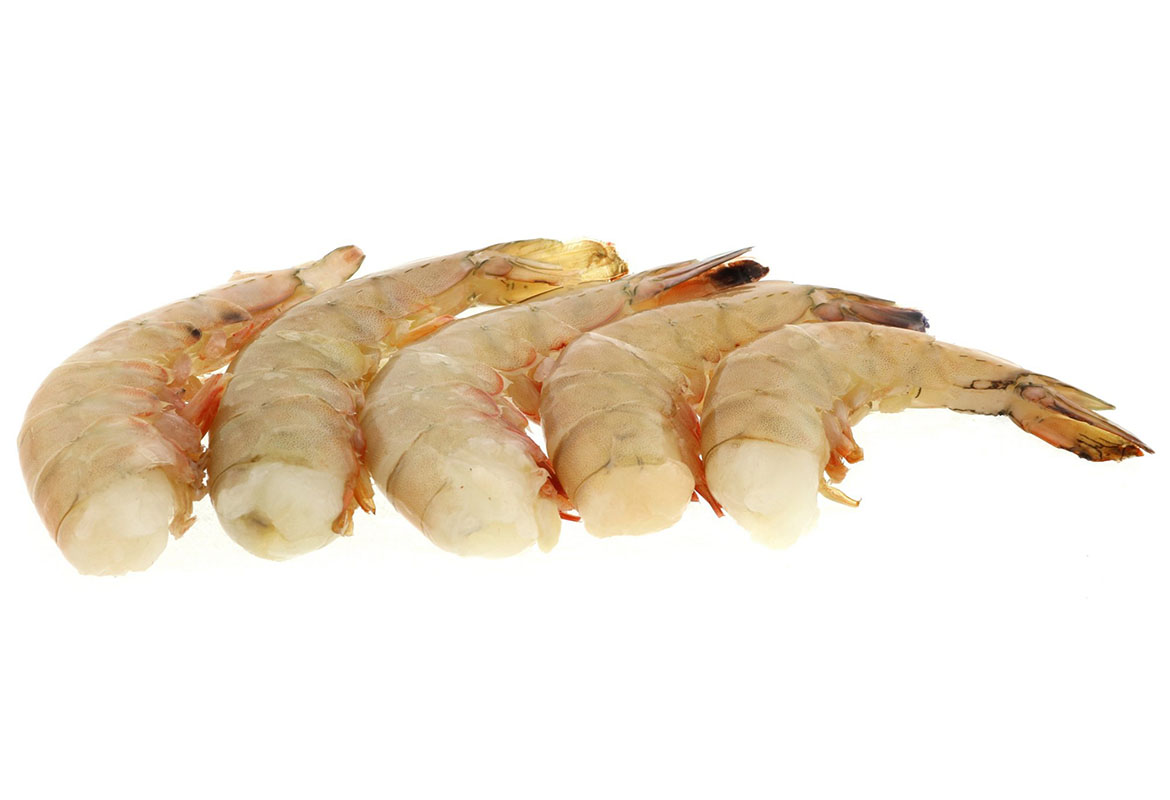Possible Defects on Shrimps
1. DEFECTS
Objective assessment of shrimp quality depends on measuring defects in the shrimp and then assessing the quality of the shrimp from the numbers and types of defects. This principle is used in virtually all countries for quality grading. Defects listed in Codex Standard, United States and Japanese guidelines are all quite similar the major items are shown and compared in Below Table.1.
Table.1 DEFECTS EXAMINED FOR QUALITY GRADING
|
Defect |
Codex |
U.S.A. |
Japan |
|
Dehydration, desiccation |
Yes |
Yes |
No |
|
Uniformity of weight |
No |
Yes |
Yes |
|
Deterioration (odor) |
No |
Yes |
No |
|
Discoloration, black spot |
Yes |
Yes |
Yes |
|
Improperly cleaned or split end |
No |
Yes |
Yes |
|
Pieces |
Yes |
Yes |
Yes |
|
Damaged and broken shrimp |
Yes |
Yes |
Yes |
|
Legs, shell, other extraneous material |
Yes |
Yes |
Yes |
|
Improperly peeled |
Yes |
Yes |
Yes |
|
Improperly divined |
Yes |
Yes |
No |
|
Texture |
No |
Yes |
No |
|
Headless |
Yes |
No |
Yes |
|
Poor protective glazing |
No |
No |
Yes |
2. DECOMPOSITION
Smelling and tasting shrimp is the best way to detect decomposition. Trained testers easily recognize off-odors and off-flavors. Advanced decomposition is easily recognized by almost everybody. Many shrimp species, especially brown tropical shrimp, have detectable amounts of iodine. Odor or flavor of iodine is not a symptom of decomposition, unless excessive. Some visual indicators may help:
Black spot develops faster on rotting or badly handled shrimp than it does on fresh, carefully stored shrimp.
3. DEHYDRATIONFrozen shrimp that is not properly glazed and packed can suffer from moisture loss during frozen storage. This detracts from the quality and marketability of the product severe dehydration is called des-sication or freezer burn. Freezer burn can be recognized by the whitish or yellowish, cottony appearance of the flesh.
Proper glazing (see that entry) and consistent and proper storage temper-attire help to avoid the risk of dehydration and freezer burn.
4. DETENTIONProduct that is offered for import but is not acceptable to local authorities may be detained, prior to either refurbishing (making the product conform to required standards) or outright rejection. Some jurisdictions automatically detain product until importers present laboratory tests proving that it is acceptable. Others detain on a random basis.








